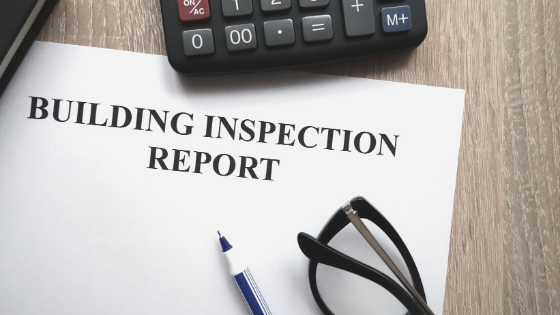
Building inspection reports are vital in identifying successful defect rectification processes. Defects have traditionally been diagnosed via a general defect or building inspection report. These styles of reports were not in-depth and usually created via visual and general observations; without getting into the granularity of the building.
As defect prevalence and complexity has skyrocketed, particularly in NSW, along with increasing legislative attention to suboptimal building work, this style of reporting is no longer enough to provide owners with a comprehensive snapshot of underlying issues.
Nowadays, inspection reports are a professional document providing independent and unbiased information on expected works and maintenance requirements on strata common areas and buildings. Your strata management inspection report will provide a detailed list of all maintenance issues, safety issues and structural issues, both internal and external and recommendations on works required.
These issues will generally be prioritised, and a schedule of works will be created.
The strata body corporate committee and strata manager will then be able to approach the original owner/developer/builder with an informed and itemised schedule of issues.
Inspecting a strata titled building requires a different set of criteria than inspecting a house. In addition to the physical condition of the unit, inspectors will examine the strata agreement itself and some of the more intangible attributes of the building in which the unit resides.
Strata inspections look at details such as:
- The exterior of the building
- The interior of the building
- Whether the strata scheme complies with fire and asbestos rules
- Waterproofing
- Insurance for the building
- Building reports
- Whether or not the building is harmonious
If owners and the committee choose not to undertake the full scope of precision reporting due to cost limitations, at a minimum, committees should undertake precision reporting for the systems most likely to suffer from defects.
The systems most likely to suffer from defects are:
- Structural
- Mechanical and ventilation
- Fire protection
- Waterproofing
Once the committee and the collective of owners understand what the core issues are, the committee will then approach the original owner to start the negotiation process. This step is referred to as serving the defects on the original owner, developer, or builder.
Keep in mind, generally, owners and committees only have two-years to diagnose and start proceedings. There are circumstances where defects have longer statutory warranties, such as six years when they are classified as major. However, the definition of what constitutes a major defect is often contested and very narrow, leaving very few defects to fall into this category.


